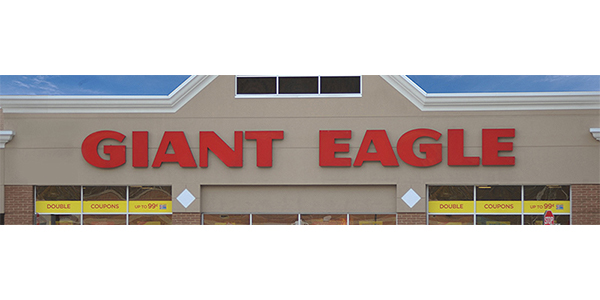Giant Eagle lands big savings through software overhaul

By consolidating multiple TMS systems into a single platform, the regional grocery chain cut IT costs and revved up its transportation operations.
By Ben Ames
As supermarket chain Giant Eagle Inc. can attest, when it comes to software, more isn't always better. Sometimes, you can accomplish more with a single multifunctional platform than with a host of specialized systems.
The Pittsburgh-based retailer found that out a couple years back when it consolidated all of its existing transportation systems onto a single platform. Up until that point, Giant Eagle—which operates an extensive trucking network to serve stores throughout Pennsylvania, Ohio, West Virginia, Maryland, and Indiana—had been using four different software products to manage transportation. But as part of a broader business transformation initiative, the company had decided to overhaul its IT (information technology) infrastructure. Among other things, that would mean consolidating systems in order to cut IT maintenance and software licensing costs, as well as create better interfaces for data exchange, according to Ann-Marie Daugherty, vice president of logistics for Giant Eagle.
In 2015, Giant Eagle switched over to a transportation management system (TMS) from supply chain software specialist Manhattan Associates Inc. The new TMS allowed Giant Eagle to eliminate three of its four transportation software applications, including inbound procurement, inbound scheduling, and outbound routing, Daugherty says.
Along with the software upgrade, Giant Eagle changed its organizational structure, moving to a centralized routing model instead of relying on its six distribution centers (DCs) to create their own delivery routes. With a central office now able to "see the whole picture," the grocery chain has increased its use of cross-docking to consolidate orders to stores, Daugherty reports.
Together, the two initiatives have produced significant improvements in transportation metrics such as trailer cube utilization, the number of stores served by each trailer, empty miles driven, and percentage of backhauls. Stores are replenished more frequently too. "We now send shipments to our stores seven days a week, which is very unique [in the industry]," Daugherty says. "Our health and beauty care (HBC) line doesn't actually need delivery seven times a week, but it gives our stores the ability to order every day, and it fills out our trucks."
By deploying centralized routing and cross-docking strategies, Giant Eagle has been able to combine shipments of groceries and HBC items into a single truck, instead of sending them in different vehicles. That has led to efficiency improvements such as a reduction in the total number of trailers "bumping the dock" at each store. "The average store used to get 14 trucks per week across all commodities, and now it gets 11 trucks per week," Daugherty says. "That's because of the consolidation we are doing before we ever get on the road to the store."
Despite all the gains it has realized to date, the company is not yet done with its supply chain IT overhaul. Giant Eagle is now creating an in-house order management system (OMS) to feed orders into its TMS, which it plans to roll out this spring.
No comments:
Post a Comment